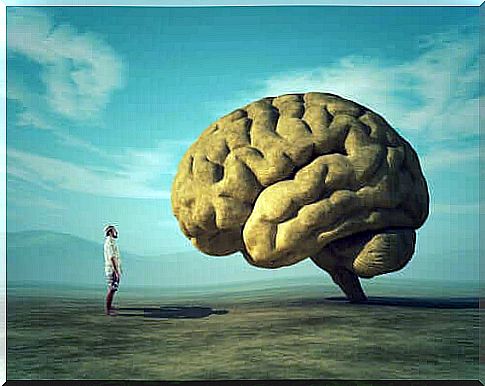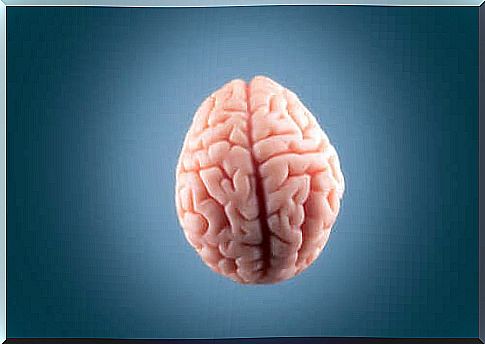Why Is The Brain Wrinkled?

Throughout human history, we have wanted to know more about the different areas of the brain. We wanted to know what were the functions of each area and know all the corners of this organ. In this article, we bring you some answers to the following question: why is the brain wrinkled?
Judging by the zoological scale, the relationship between neurons and learning ability is linear. The larger the surface area of the brain (the larger the cerebral cortex), the better the learning will be. The human being is the mammal with the largest cerebral surface. And if the surface of the brain is wrinkled, it is due to the presence of brain convolutions. Thanks to these convolutions, the surface of the brain can be large even in a small space.
Mammals which do not have cerebral convolutions are called lissencephalians. These animals therefore have little opportunity to learn. Conversely, gyrencephals are mammals with convolutions and therefore can learn much more easily. The human being is the most gyrencephalic mammal of all: his brain is more wrinkled than that of all other species. Behind human beings are the anthropoid apes.

Brain Anatomy: The Differences Between Humans and Chimpanzees
In May 2009, the journal Scientific American published one of the work of Katherine S. Pollard, a biostatistics researcher at the University of California who developed a computer program to compare segments of humans with those of chimpanzees. . The sequence which turned out to be the most different via this technique has 118 nucleotides called HAR1 ( Human Accelerated Region ).
It appears that the HAR1 sequence has activity in the human brain and in that of other vertebrates. This region evolved very slowly in non-human vertebrates: there are only two differences between the nucleotide sequence of hens and that of chimpanzees, the number of differences from the sequence of humans amounting to 18.
The HAR1 sequence has been shown to be a modulator of gene expression via cell culture . It is active in neurons that participate in the development of the cerebral cortex. Moreover, when the cells where the HAR1 sequence is activated are damaged, the brain develops abnormally and the cerebral cortex no longer has its characteristic appearance with its many grooves and lobes.
The weight of the brain is not the only anatomical characteristic related to intelligence: the aspect of the brain is also important, namely its number of grooves and lobes.
The brain is wrinkled. How is it possible ?
One of the most striking features of our brain is the fabulous size of the cerebral cortex with its folds that form protuberances and furrows on its outer surface.
As we explained earlier, most animals that have large brains have a cerebral cortex with folds. Conversely, in most animals that have small brains, the cerebral cortex is smooth.
The cerebral cortex consists of laminated tissue. On the upper part are the neurons. And on the lower or inner part is most of the cable that connects neurons between different areas of the brain.
In large brains, this layer of neural tissue that covers the outside of the brain is disproportionately larger than the deep brain structures it covers. Instead of taking the shape of a globe, it bends on itself. Thus, it minimizes the total volume of the brain and the skull.
Victor Borrel and his team have been studying this for several years. They demonstrated that the bRG cell ( Radial glial cells ) plays a fundamental role in the tangential expansion of the cerebral cortex. The bRg cell is a necessary condition, but not sufficient, to generate a cortex with convolutions. It offers new radial processes for which neurons migrate radially. They therefore disperse tangentially and extend the cerebral cortex.

What happens if the brain is not properly wrinkled?
Cortical folding occurs during embryonic development. The process occurs around the twentieth week of pregnancy and ends when the child is one and a half years old.
This process is important for optimizing the functional organization and connections of the brain. In addition, it allows to fit a large cortex in a limited cranial volume.
Some of the most common diseases are polymicrogyria – formation of multiple small convolutions – and periventricular nodular heterotopia – accumulation of neurons along the lateral ventricles forming nodules which act as an epileptic focus.










